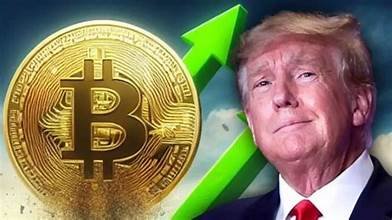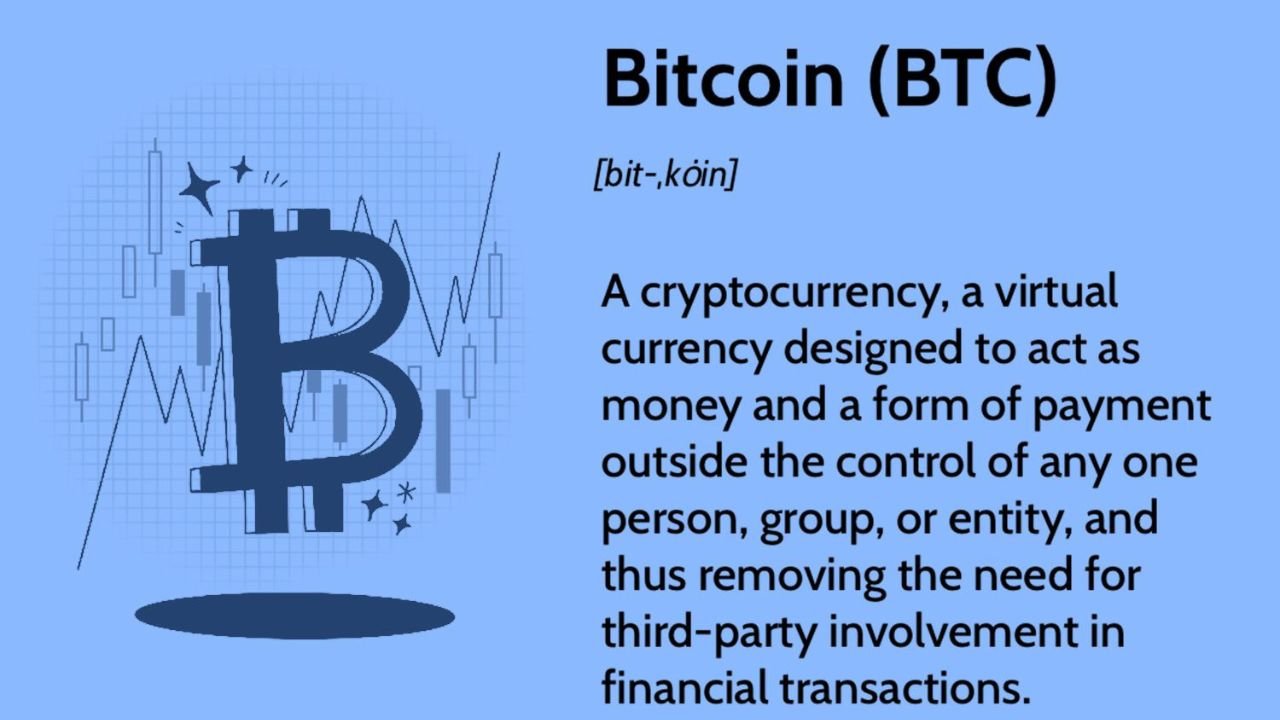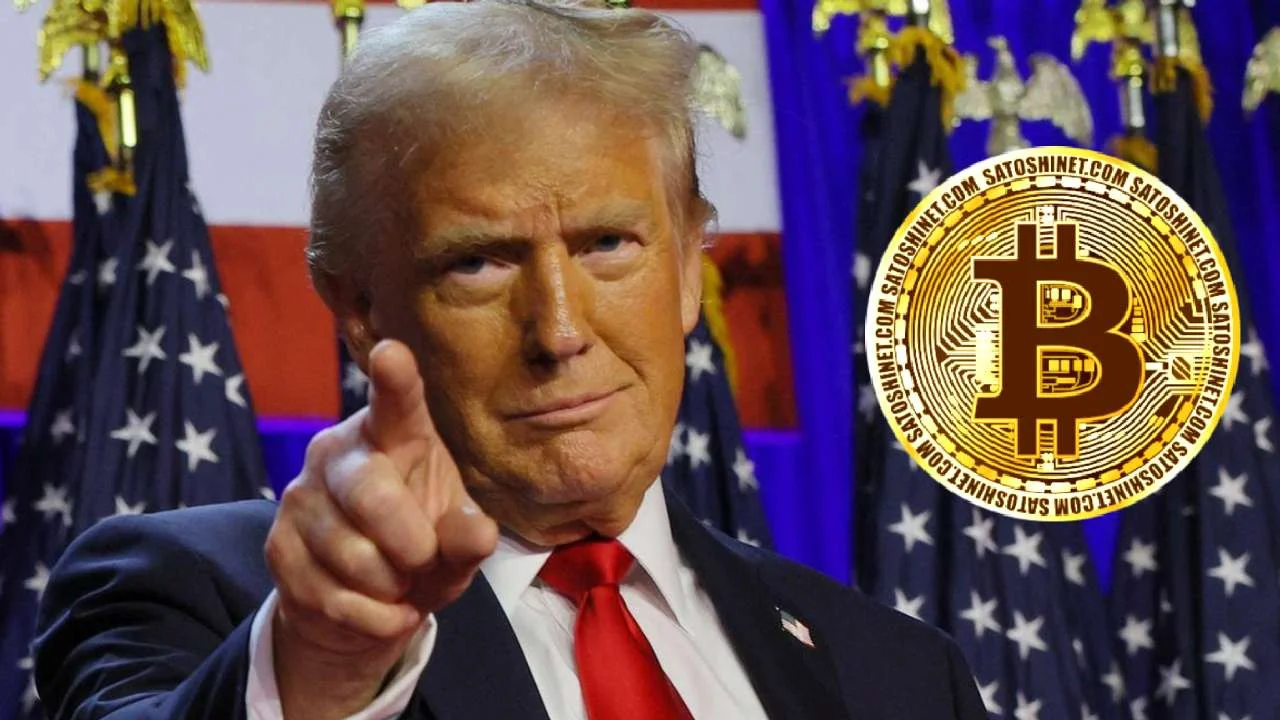Table of Contents

The Trump Bitcoin Statue is a unique manifestation of this convergence. This creation is more than just an art piece. It’s a complex tapestry that weaves together political allegiance, speculative financial investment, and cultural commentary. It is a physical symbol of a digital transformation, intertwined to one of the most controversial figures of modern history. This blog is related to financeinfotech.com. This article examines the history, significance and controversy surrounding the Trump Bitcoin Statue. It also explores what it says about the current socio-political landscape and economy.
The Genesis of an Idea – Where Art, Politics and Crypto Collide
It is not a new idea to honor Donald Trump with a statue, but a statue that is specifically linked to Bitcoin is something distinctly modern. The idea was conceived by cryptocurrency enthusiasts and supporters of Trump who saw a similarity between Trump’s populist anti-establishment movements and Bitcoin’s anti-fiat currency, decentralized ethos. Both represent a challenge against the traditional power structures, whether in Washington D.C. and Wall Street.
The project was crowdfunded in large part and promoted on online forums and social media, which are the natural habitats for both the crypto-community and the MAGA Movement. The supporters argued that Trump represented a disruptive force during his presidency against the globalist “establishment,” just as Bitcoin seeks to disrupt the central banking system. His criticisms of the Federal Reserve, and his “America First”, economic policies are cited as proof of his ideological alignment with Bitcoin’s principles of independence and self-sovereignty.
What does it really represent?
The Trump Bitcoin Statue has a lot of symbolism and the interpretation can vary greatly depending on who is looking at it. The statue represents a new age for its creators as well as admirers.
- A celebration of disruption: The statue’s core celebrates disruption. Donald Trump’s career in politics was built around upending norms, and challenging the status-quo. Bitcoin was also created as an alternative financial system to the traditional one controlled by banks and governments. The statue combines these two disruptive forces in a powerful image that suggests a shared fate and a common foe: central control.
- Economic freedom and sovereignty: Bitcoin is considered by many to be the ultimate financial tool. It allows people to store and transact wealth without the need for permission from a government or bank. The supporters of the statue view Trump’s “America First agenda” as a parallel political ideal. They believe that his policies were designed to restore economic sovereignty to the nation, much like Bitcoin is intended to restore personal financial sovereignty.

The Monument of Division: Controversy, Criticism and the Monument of Division
One person may see the statue as a sign of progress. Another might view it with disgust and alarm. The Trump Bitcoin Statue is a lightning rod of criticism. It has drawn fire from a variety of quarters.
Contrary Ideologies : The critics are quick to highlight the apparent contradictions when linking Trump with Bitcoin. During his presidency, Trump expressed hostility and skepticism towards cryptocurrencies. In a tweet from 2019, he said, “I’m not a fan Bitcoin and other Cryptocurrencies. They are not money and their value is volatile and based in thin air offensive. Bitcoin’s political neutrality is a core principle. It’s designed to be an instrument for anyone, no matter their political beliefs or nationality.
Aesthetic and artistic critics: The statue has been subjected to criticism beyond the political and ideologic debates. Art critics have criticized the statue for being kitsch and claiming that it lacks artistic merit and subtlety. Some critics dismiss it as kitsch, arguing that its heroic and literal style lacks subtlety and artistic merit.
The Statue’s Place within the Broader Cultural Context
The Trump Bitcoin Statue, regardless of what one thinks about it, has undoubtedly succeeded in igniting a discussion. The statue forces us to consider the changing nature of memorials and monuments in the 21st Century. Statues honoring military heroes, political leaders or civil rights figures have been a tradition for centuries. This monument, however, celebrates an active politician and digital assets. This monument raises the question of who we choose to honor and why.
The existence of the statue highlights the growing polarization in society. It speaks volumes that an object could be seen simultaneously as a beacon for freedom and a sign of all that is wrong in the world. It is at the center of the most intense debates we have – about politics, money and technology as well as the nature of truth. It also reflects how online communities can manifest their digital ideals into the real world. The project was born out of internet forums, and it is now a tangible, solid object. This is a powerful reminder that the boundaries between our digital lives and our physical ones are increasingly blurring.

FAQs
1. Is Donald Trump an official endorser of the Trump Bitcoin Statue?
There is no evidence that Donald Trump’s campaign or any of his organizations have endorsed the project. The project was funded and conceived by a community of cryptocurrency enthusiasts and supporters. Trump’s public statements about Bitcoin are largely negative. This makes any official endorsement unlikely.
2. Why does Donald Trump associate Bitcoin with him?
This association is mostly symbolic, and not driven by Trump. Bitcoin supporters see similarities between Trump’s anti-establishment political movement and Bitcoin as a decentralized financial alternative. Both are seen as disruptive forces that challenge centralized power structures. This is a connection made by his fans, not a reflection on his policies or beliefs.
3. What was Trump’s actual position on Bitcoin when he was President?
Donald Trump publicly criticized Bitcoin and other crypto currencies during his presidency. In statements that were well documented, he stated his disapproval of them and questioned their stability and value. He expressed concerns that they might be used to commit illegal acts and stressed the importance of the U.S. Dollar.
4. Who created and funded the statue?
The majority of the funding for this statue came from crowdfunding campaigns run by a coalition consisting of Trump supporters and Bitcoin enthusiasts. Names of specific artists and organizers have been associated with pro crypto and pro Trump online communities. This is the result of a community-driven, decentralized effort and not a project funded by a corporation or state.
5. Where is the Trump Bitcoin Statue?
Location of a statue may be controversial and change. These projects are often designed as mobile installations, or planned on private property to avoid the public land use regulations. The location of the project is usually communicated via the same online platforms that were used to promote its creation.
Conclusion
The statue’s greatest impact is its ability to act as a reflection. It reflects the emotions, fears, and contradictions that are a part of our times. It shows us that a digital currency could inspire messianic fervor, and that a politician can be viewed as a savior or a charlatan. The Trump Bitcoin Statue is a testament of the complicated and sometimes confusing forces that shape the 21st Century. In its own controversial manner, it is a monument that perfectly suits the fractured era in which it was created.
